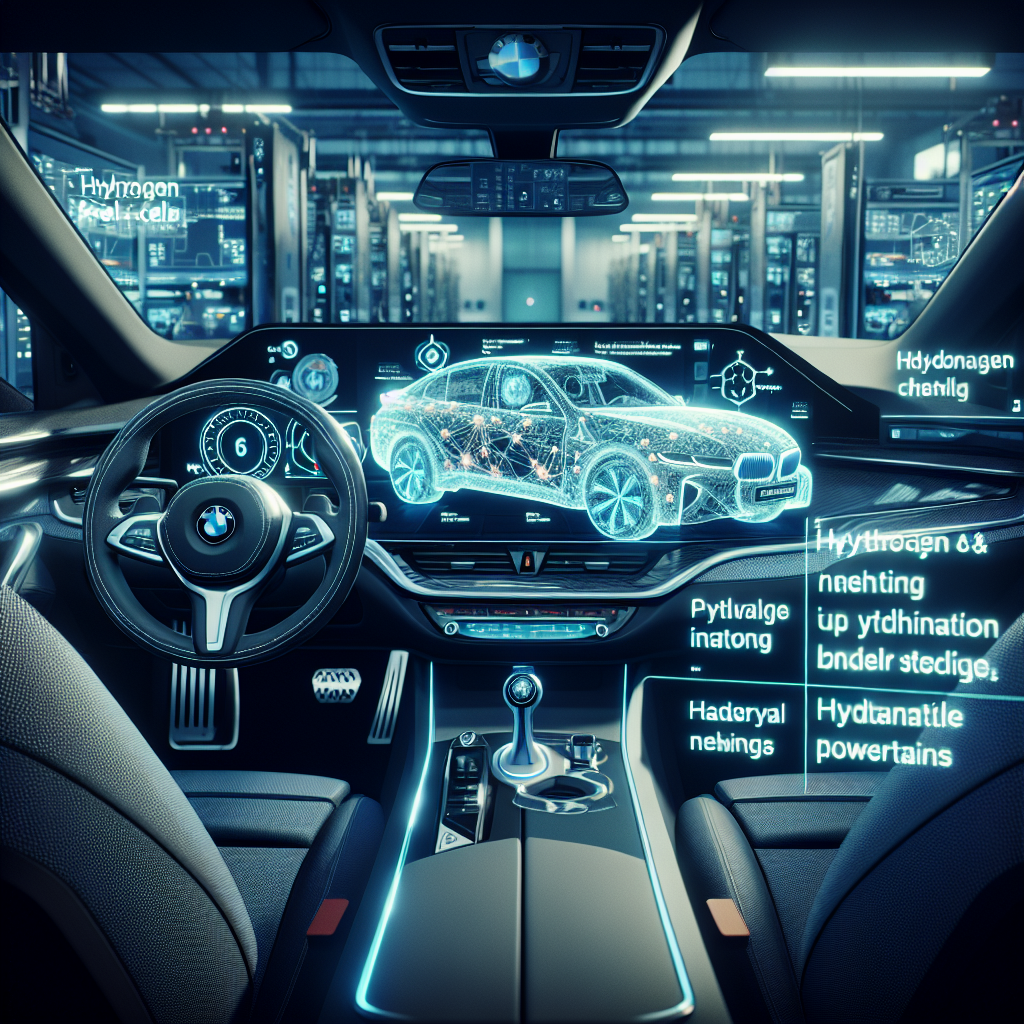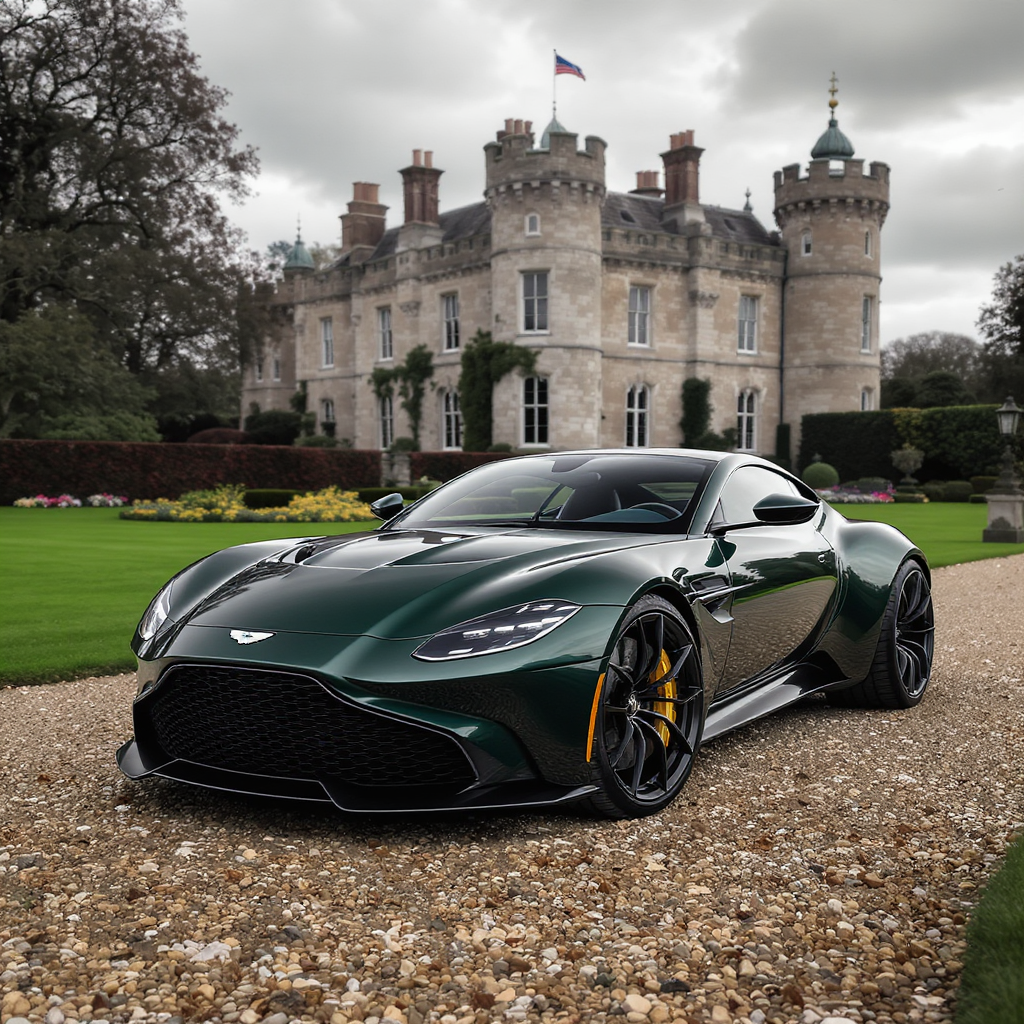
BMW is moving forward with its hydrogen vehicle program, officially naming its latest fuel-cell prototype the iX5 60H xDrive. The announcement marks a significant step in the German automaker's exploration of hydrogen as a complementary powertrain technology alongside battery-electric vehicles. While the automotive industry has largely focused on battery-electric solutions in recent years, BMW's continued investment in hydrogen fuel-cell technology demonstrates the company's commitment to offering diverse zero-emission options. The iX5 60H xDrive represents BMW's effort to address range anxiety and refueling concerns that some drivers associate with conventional battery-electric vehicles, particularly for long-distance travel and commercial applications.
The [1] designation follows the automaker's established naming convention, with the "60H" indicating hydrogen fuel-cell technology rather than traditional battery power. This naming strategy positions the hydrogen model within BMW's broader electrified vehicle lineup, suggesting the company views fuel cells as a parallel technology rather than a replacement for battery-electric vehicles. The iX5 has served as BMW's testing platform for hydrogen fuel-cell technology, allowing engineers to refine the powertrain in a familiar vehicle architecture.
BMW's hydrogen strategy reflects a belief that multiple zero-emission technologies will coexist in the automotive market. Fuel-cell vehicles offer advantages in specific use cases, including faster refueling times comparable to conventional gasoline vehicles and potentially longer range without the weight penalties of large battery packs. These characteristics make hydrogen particularly attractive for larger vehicles, commercial fleets, and drivers who regularly undertake long journeys without convenient charging infrastructure.
The development comes as the broader hydrogen infrastructure continues to evolve globally. While hydrogen refueling stations remain far less common than electric charging points, ongoing investments in hydrogen production and distribution networks could improve the viability of fuel-cell vehicles. BMW's continued commitment to the technology suggests confidence that infrastructure challenges will be addressed as demand grows and production costs decline.
The iX5 60H xDrive represents BMW's pragmatic approach to the energy transition, acknowledging that different markets and customer segments may require different solutions. By maintaining parallel development programs for both battery-electric and hydrogen fuel-cell vehicles, BMW positions itself to adapt to varying regulatory environments and customer preferences across global markets. This diversified strategy contrasts with competitors who have focused exclusively on battery-electric technology.








